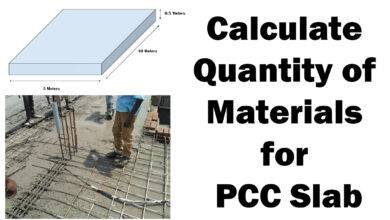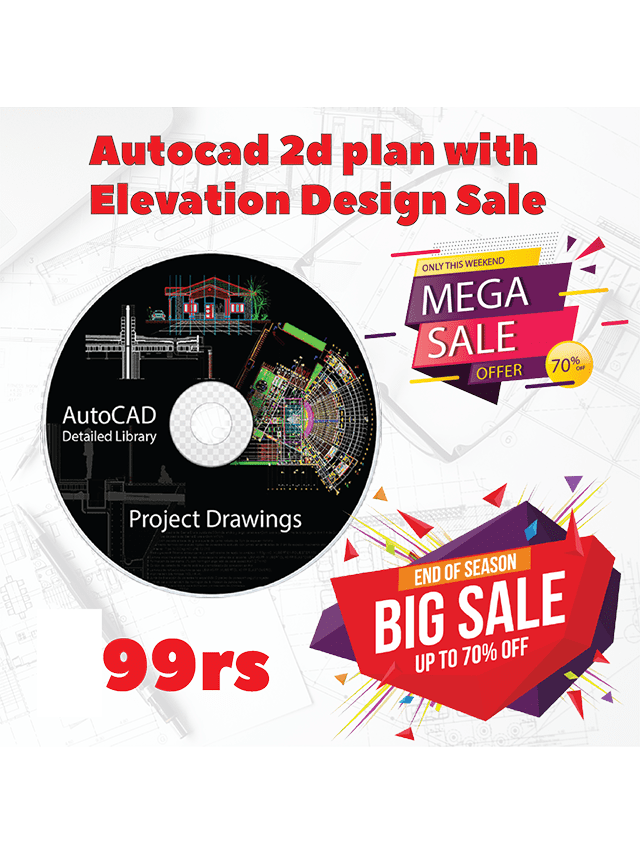Project Cost Estimating

Project Cost Estimating
Project Cost System
During the design phase of a construction project, the Project Cost Estimating are continuously approximated and reviewed following each design change to ensure that they will not exceed the owners budget. This working budget is generally referred to as the engineers or architects estimate. Upon design completion, the field cost-control system is initiated by making a final, detailed cost estimate of the entire work. The construction contractor or another party who will be directly involved in the field operations normally prepares this contractor. The contractor estimate is then reduced to a working construction budget and forms the basis of the construction cost control system.
During the construction process, cost accounting methods (discussed in Chapter 10) are used to retrieve actual construction expenses from ongoing construction operations. This information is then used for cost control purposes on the current project and for estimating the cost of future projects. Additionally, the cost system provides considerable information pertinent to project financial control This chapter discusses cost-estimating procedures and how the final project budget is obtained.
Preliminary Cost Estimates
Preliminary estimates of future construction expenditures, made during the project planning and design phases, are necessarily approximate because they are compiled before the project is completely defined. Making such conceptual estimates is an art quite different from determining the final detailed estimate of construction costs.Fundamentally, all conceptual price estimates are based on some system of gross unit costs obtained from previous construction work. These unit costs are extrapolated forward in time to reflect current market conditions, project location, and the particular character of the job presently under consideration. Some of the methods commonly used to prepare preliminary estimates include:
Cost per Function Estimate
This analysis is based on the estimated expenditure per unit of use, such as cost per patient, student, seat, or car space. Construction expense may also be approximated as the average outlay per unit of a plants manufacturing or production capacity. These parameters are generally used as a method of quickly defining facilities costs at the inception of a project when only raw marketing information is known, such as the number of patients that a planned hospital will hold. This broad method of developing costs can also provide a powerful check on more detailed estimates once they have been generated.
Index Number Estimate
This method involves estimating the price of a proposed structure through updating the construction cost of a similar existing facility. It is done by multiplying the original construction cost of the existing structure by a national price index that has been adjusted to local conditions, such as weather, labor expense, materials costs, transportation, and site location. A price index is the ratio of present construction cost to the original construction outlay for the type of structure involved. Many forms of price indexes are available in various trade publications.
Unit Area Cost Estimate
This method of estimating facilities costs is an approximate cost obtained by using an estimated price for each unit of gross floor area. The method is used frequently in building and residential home construction. It provides an accurate approximation of costs for structures that are standardized or have a large sampling of historical cost information from similar structures. This type of estimate is used often in the industry to compare the relative worth of various facilities. Unit Volume Cost Estimate.This estimate is based on an approximated expenditure for each unit of the total volume enclosed. This estimating method works well in defining the costs of warehouses and industrial facilities.
Panel Unit Cost Estimate
This analysis is based on unit costs per square unit area of floors, unit length of perimeter walls, partition walls, and unit roof area. Generall this form of estimating is used to improve the preceding estimates once additional detailed information about the facility is known.
Parameter Cost Estimate
This estimate involves unit costs, called parameter costs, for each of several different building components or systems. The prices of site work, foundations, floors, exterior walls, interior walls, structure, roof, doors, glazed openings, plumbing, heating and ventilating, electrical, and other items are determined separately by the use of estimated parameter costs. These unit expenses can be based on dimensions or quantities of the components themselves or on the common measure of building square footage.
Detailed Estimate for The Proposed New Construction of Residential Building
Partial Takeoff Estimate
This analysis uses quantities of major work items taken from partially completed design documents. These are priced using estimated unit prices for each work item taken off. During the design stage, this type of estimate is considered to provide the most accurate preliminary costs. Yet the feasibility of this method is highly dependent on the availability of completed design documents. Generally this estimate cannot be made until well into the design process. Hence it is often used to refine the previously discussed estimating methods.









